Xrf Portable Analyzer
1200000 INR/Piece
Product Details:
X
Xrf Portable Analyzer Price And Quantity
- 1200000 INR/Piece
- 1 Piece
Product Description
The X-50 features PiN diodetechnology, which is the previousgeneration detector prior to theadvent of silicon drift detectors.The PiN technology processes afactor of 10x 20x lower X-rayrates than the silicon driftdetectorsAdvanced Technology for Diverse Applications
The Handheld XRF Portable Analyzer employs cutting-edge technology to meet the demands of metal alloy verification, mineral identification, environmental hazard detection, and compliance testing. Its high-resolution capability ensures precise results, while internal memory and versatile data transfer options allow for effortless record-keeping and reporting. Designed for use in India and globally, it suits exporters, manufacturers, service providers, suppliers, and traders seeking efficiency and accuracy.
User-Friendly Design and Seamless Connectivity
Featuring a factory-calibrated system and an intuitive touchscreen display, the analyzer streamlines workflows for experienced analysts and new users alike. The Bluetooth and USB connectivity enable easy data transfer to computers or other devices, facilitating timely decision-making. Its ergonomic, portable design allows the analyzer to be used comfortably in various environments, from industrial plants to remote field locations.
FAQs of Xrf Portable Analyzer:
Q: How is the handheld XRF portable analyzer used for metal alloy analysis?
A: The analyzer measures the elemental composition of metal alloys by directing X-rays at a sample, then detecting and quantifying the resulting fluorescence. Its touchscreen interface allows users to select the appropriate mode and sample type, making analysis quick and straightforward.Q: What sample forms can the handheld XRF portable analyzer test?
A: This device supports analysis of solid, powder, and liquid samples, providing flexibility for diverse industry needs such as mining, metallurgy, and environmental testing.Q: When should I recalibrate the analyzer for accurate results?
A: The analyzer comes factory-calibrated, ensuring optimal accuracy from the start. Recalibration is generally not required for routine use, but periodic checks may be recommended based on heavy usage or regulatory requirements.Q: Where can the handheld XRF analyzer be operated safely?
A: With an operation temperature range of 0C to 50C, the analyzer is suitable for use in laboratories, field sites, industrial facilities, and outdoor environments within this temperature spectrum.Q: What is the process for transferring data from the analyzer?
A: Data can be stored internally and exported via USB or transmitted wirelessly through Bluetooth connectivity. This enables users to save, backup, or analyze test results on external devices conveniently.Q: How does high resolution benefit the analysis?
A: With a resolution of less than 140 eV, the analyzer can distinguish closely spaced spectral peaks, delivering precise qualitative and quantitative results, which is especially crucial for identifying trace elements and complying with standards like RoHS.Q: What are the main advantages of using a handheld XRF portable analyzer for exporters and suppliers in India?
A: The analyzer offers rapid, non-destructive analysis, efficient data management, and reliable performance, supporting exporters, manufacturers, and traders in quality assurance, compliance, and verification tasks across various applications.Tell us about your requirement

Price:
Quantity
Select Unit
- 50
- 100
- 200
- 250
- 500
- 1000+
Additional detail
Mobile number
Email
 English
English Spanish
Spanish French
French German
German Italian
Italian Chinese (Simplified)
Chinese (Simplified) Japanese
Japanese Korean
Korean Arabic
Arabic Portuguese
Portuguese
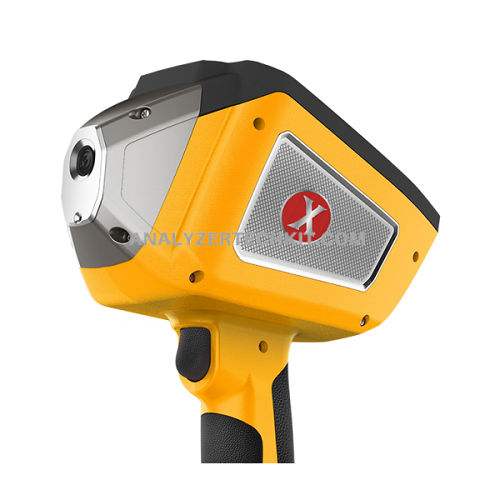
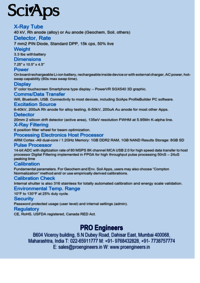
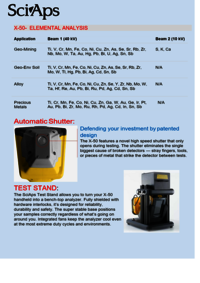
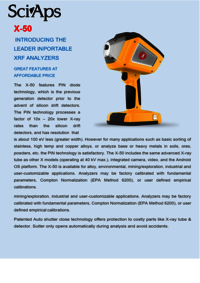
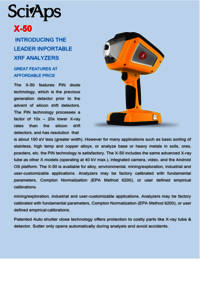
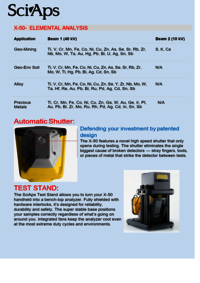






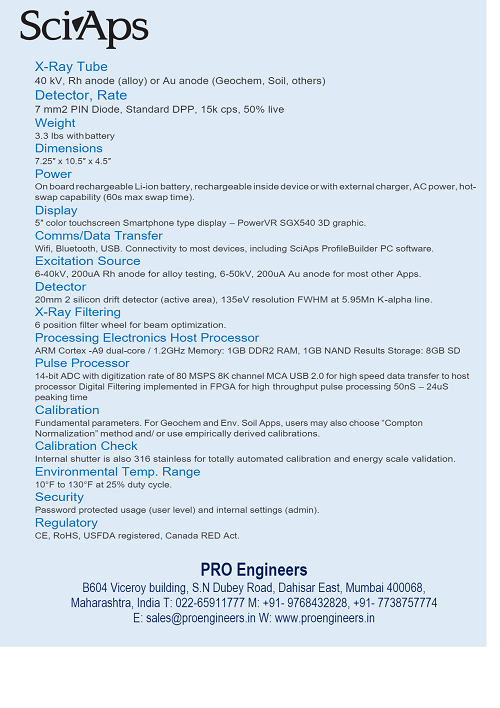


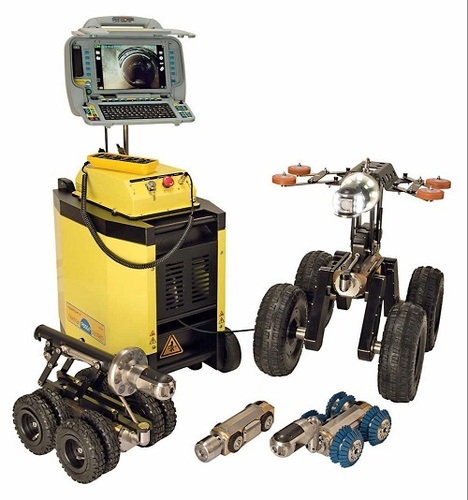
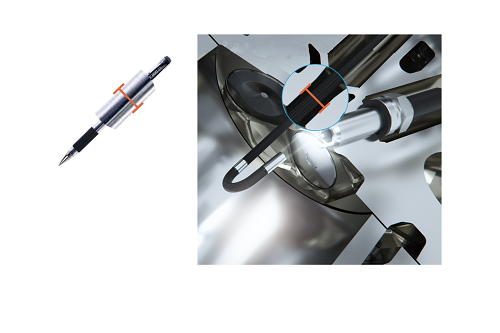
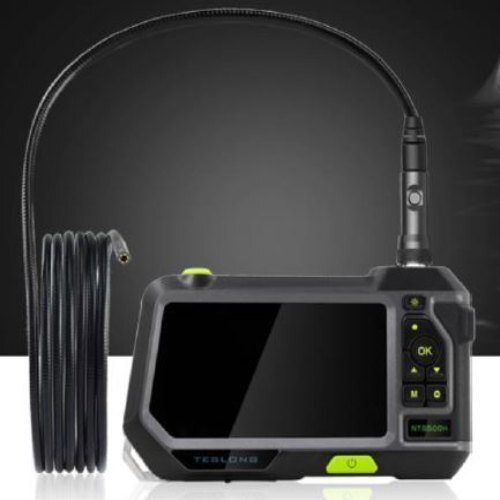
 Call Me Free
Call Me Free
